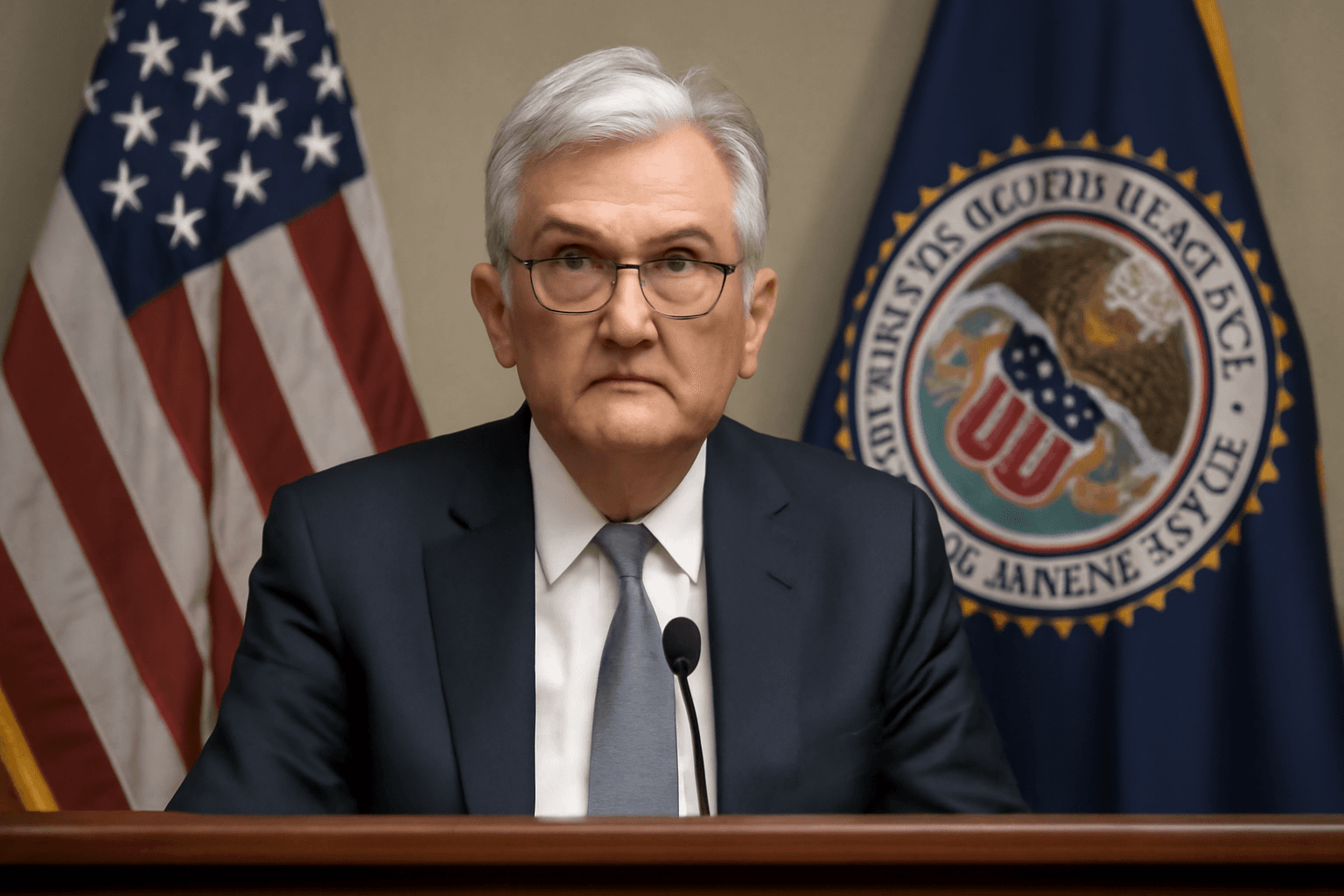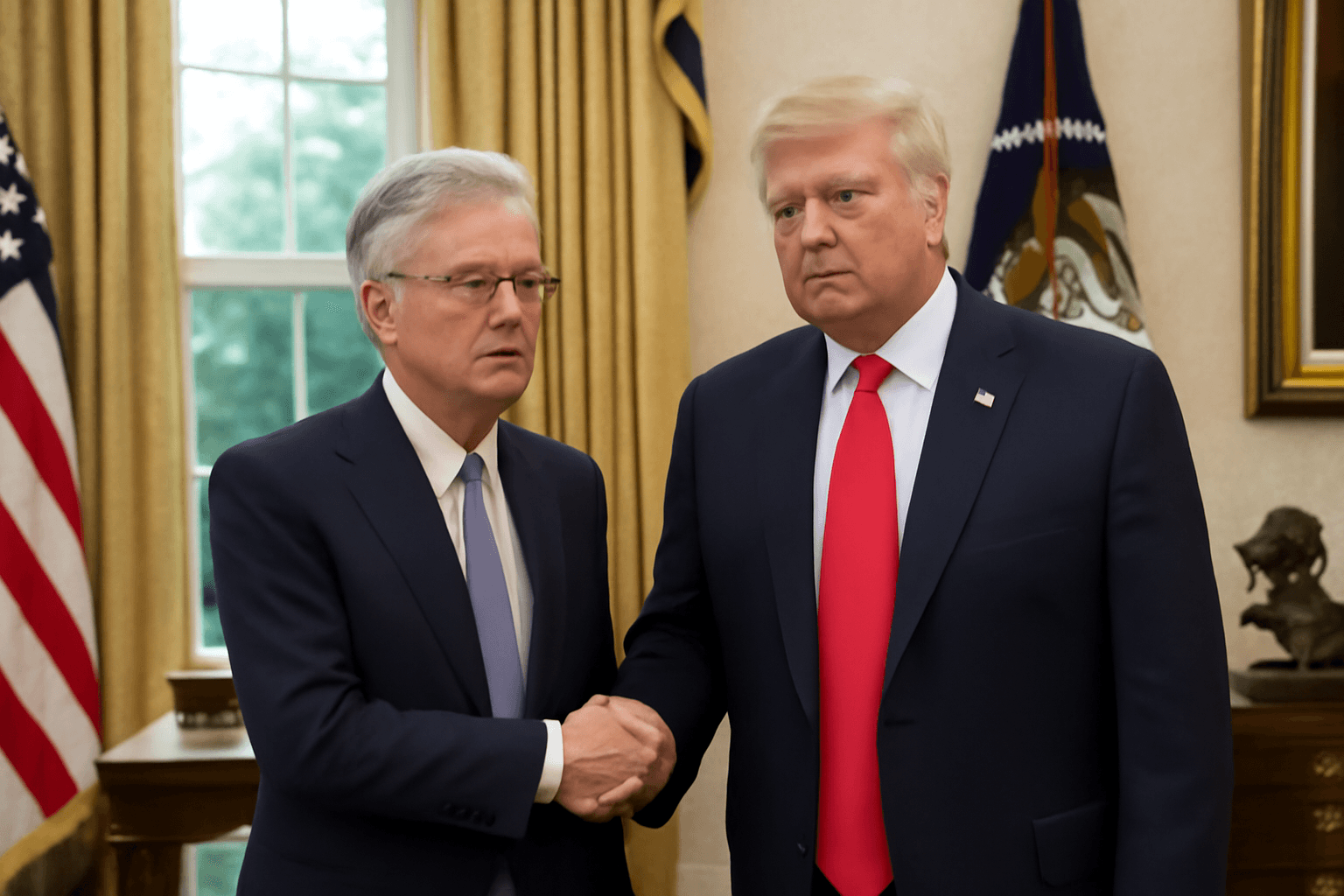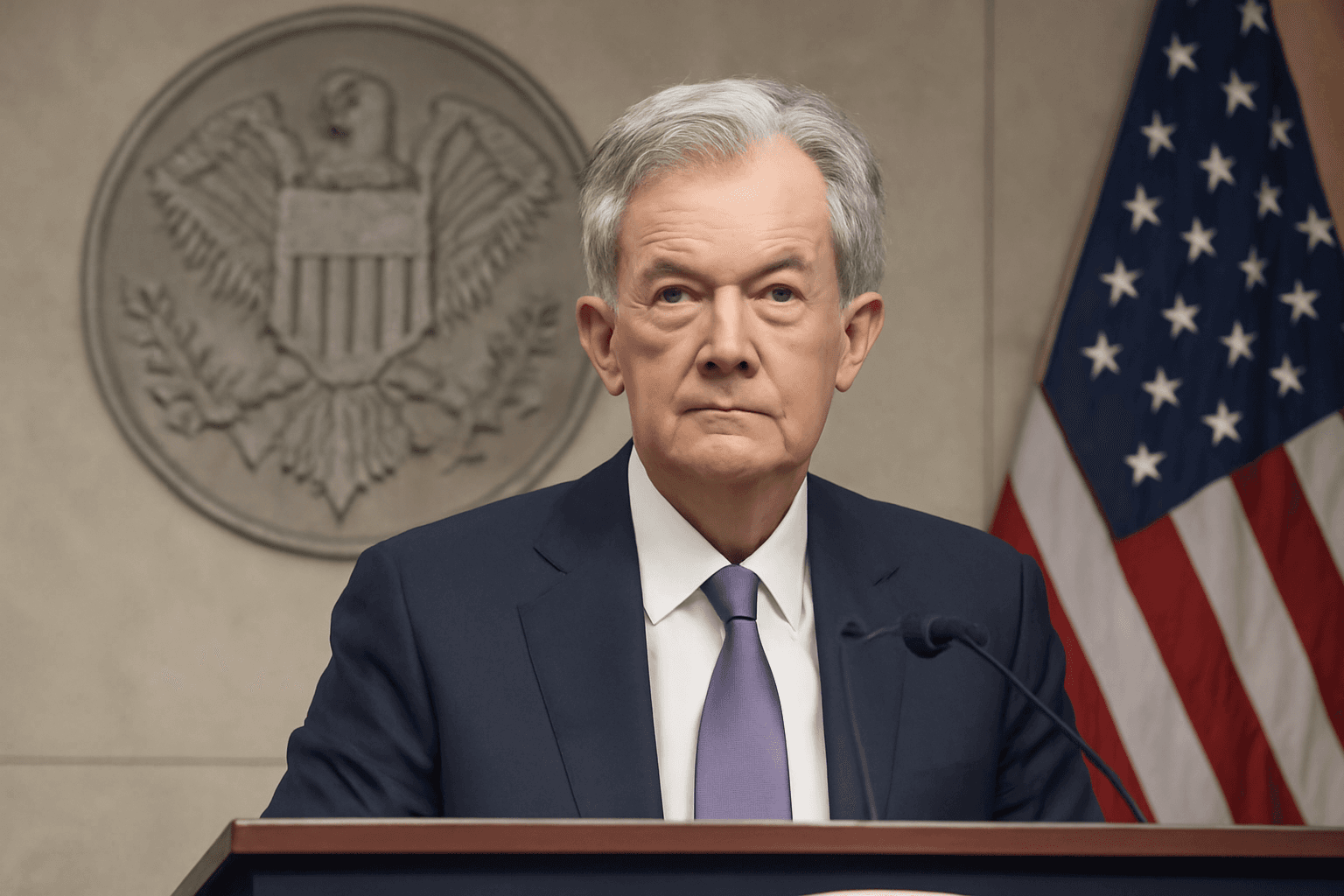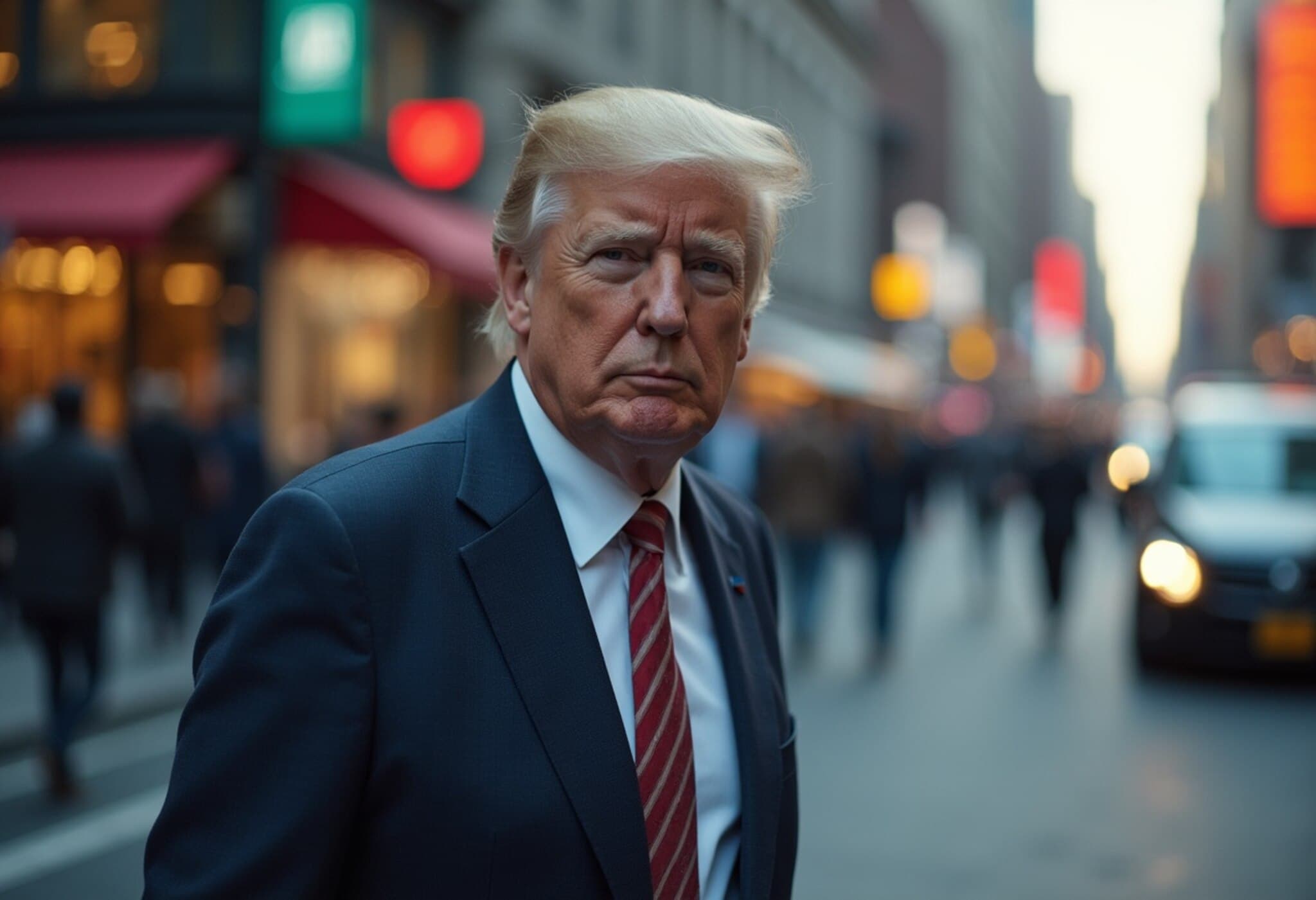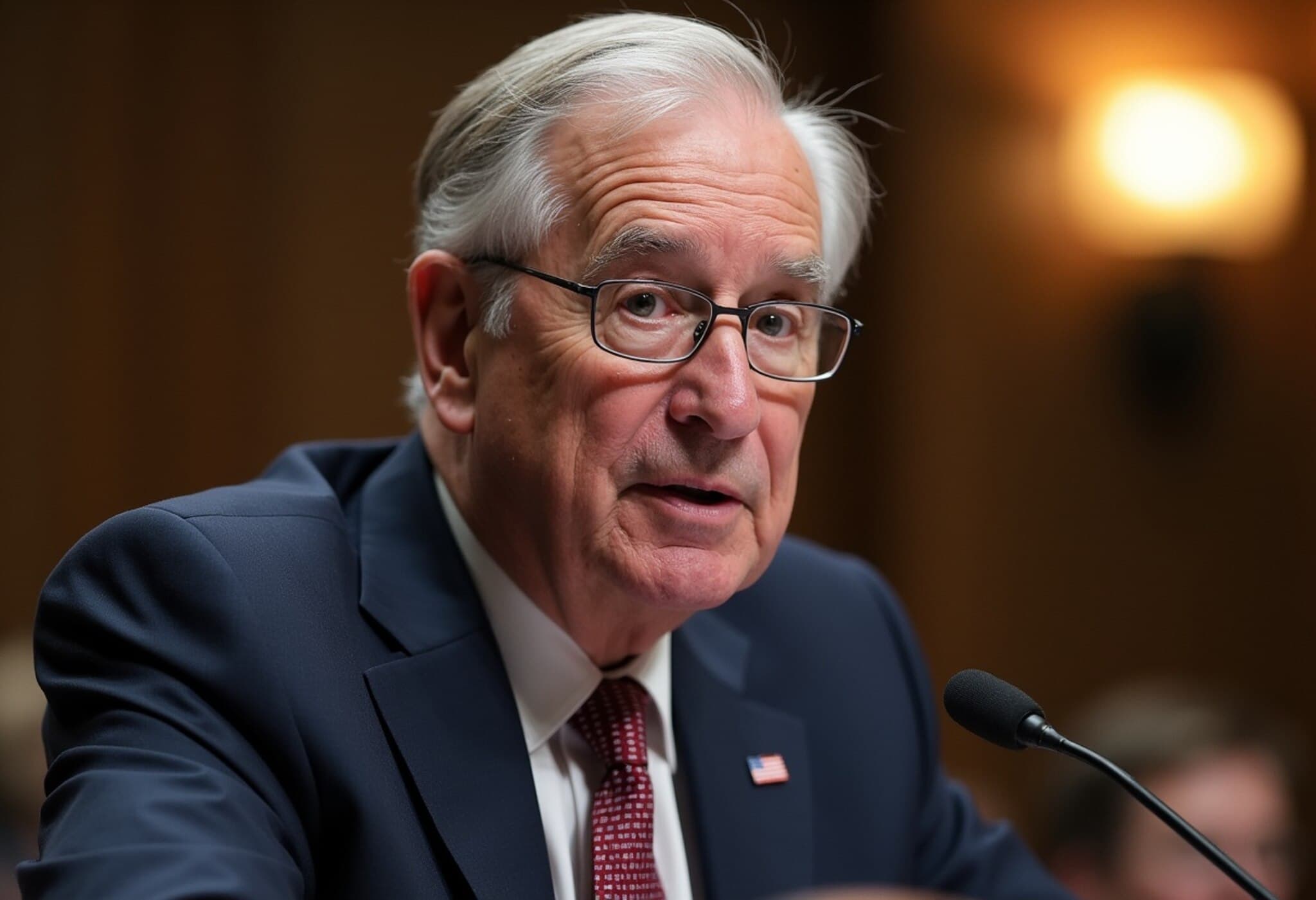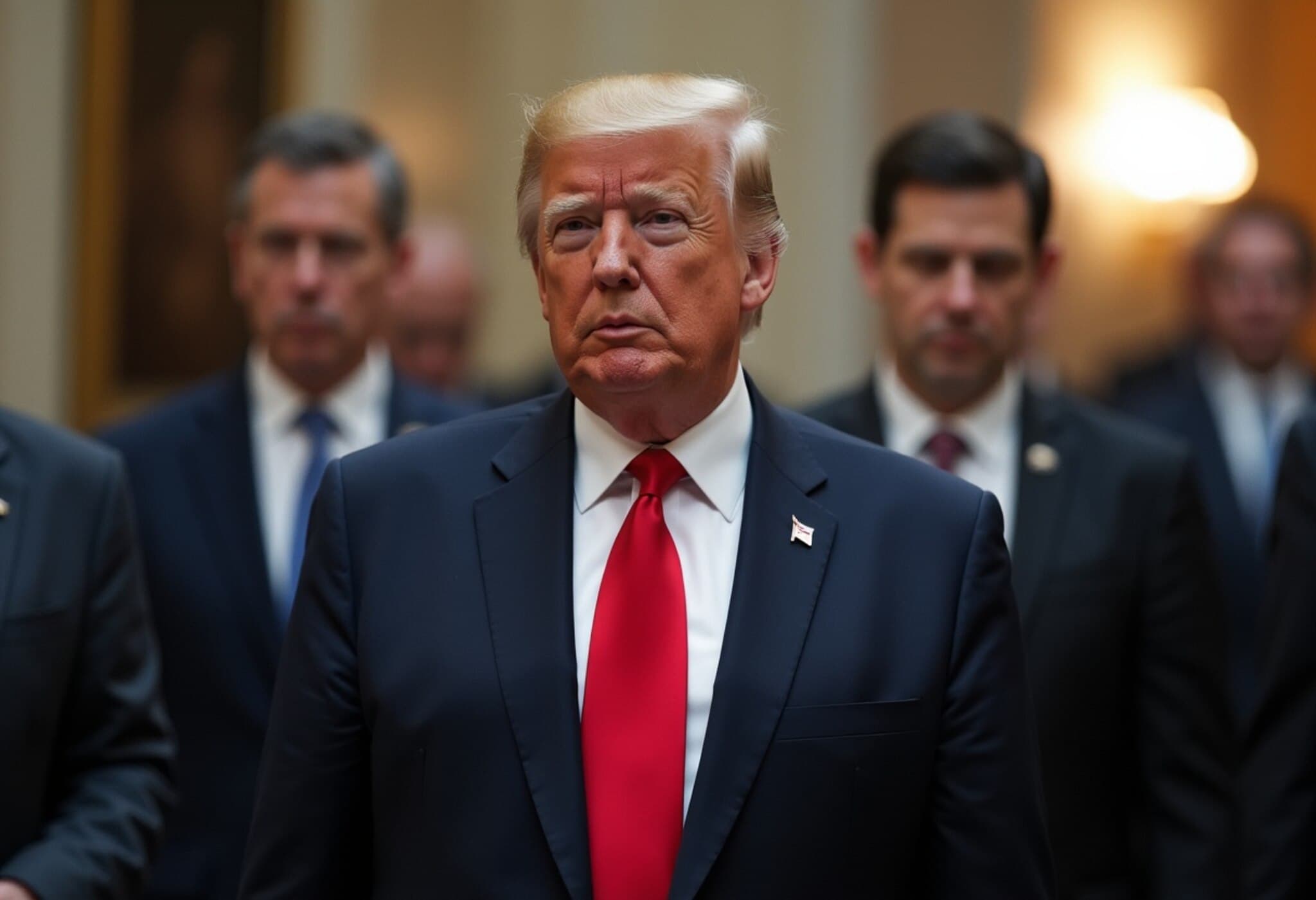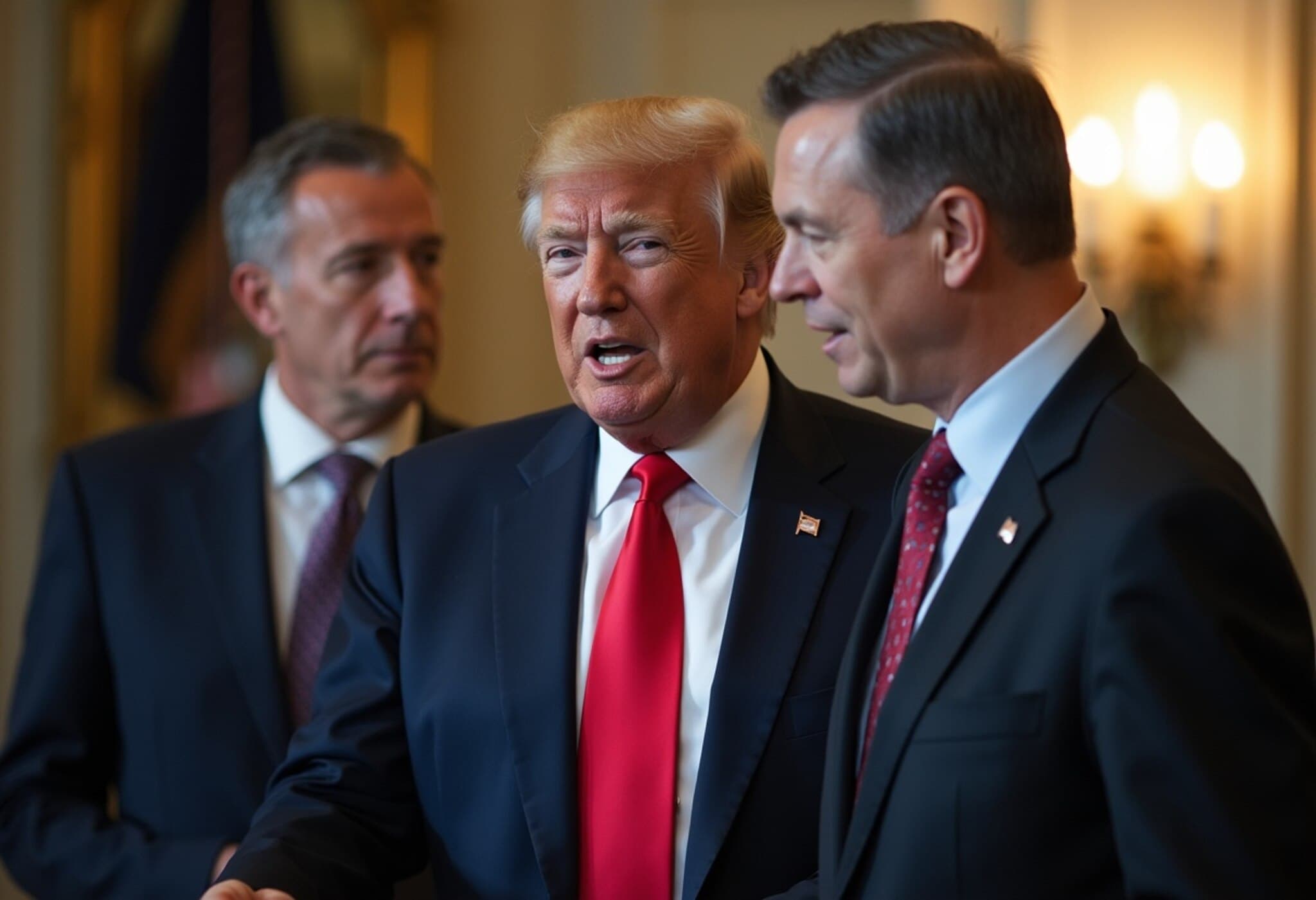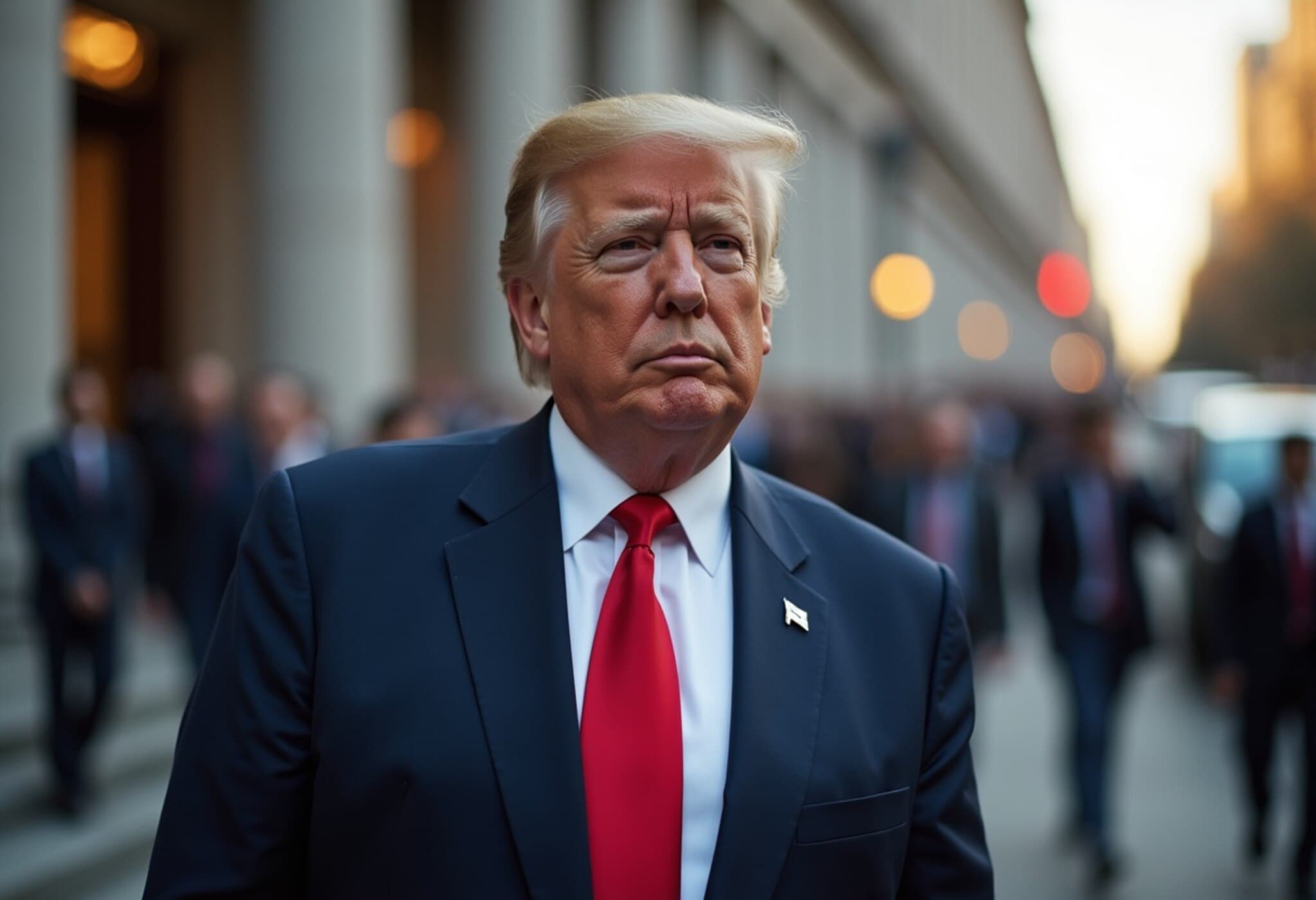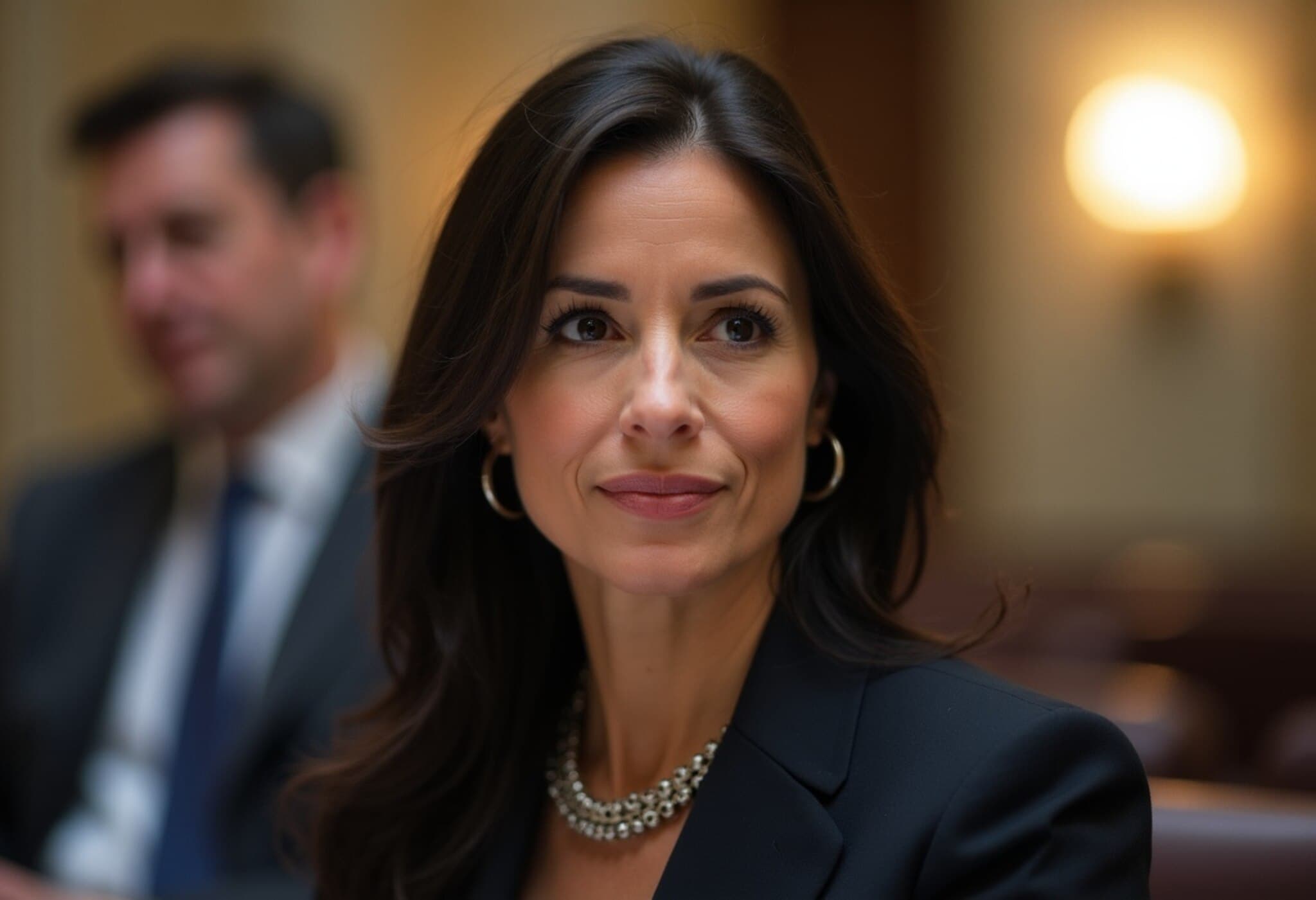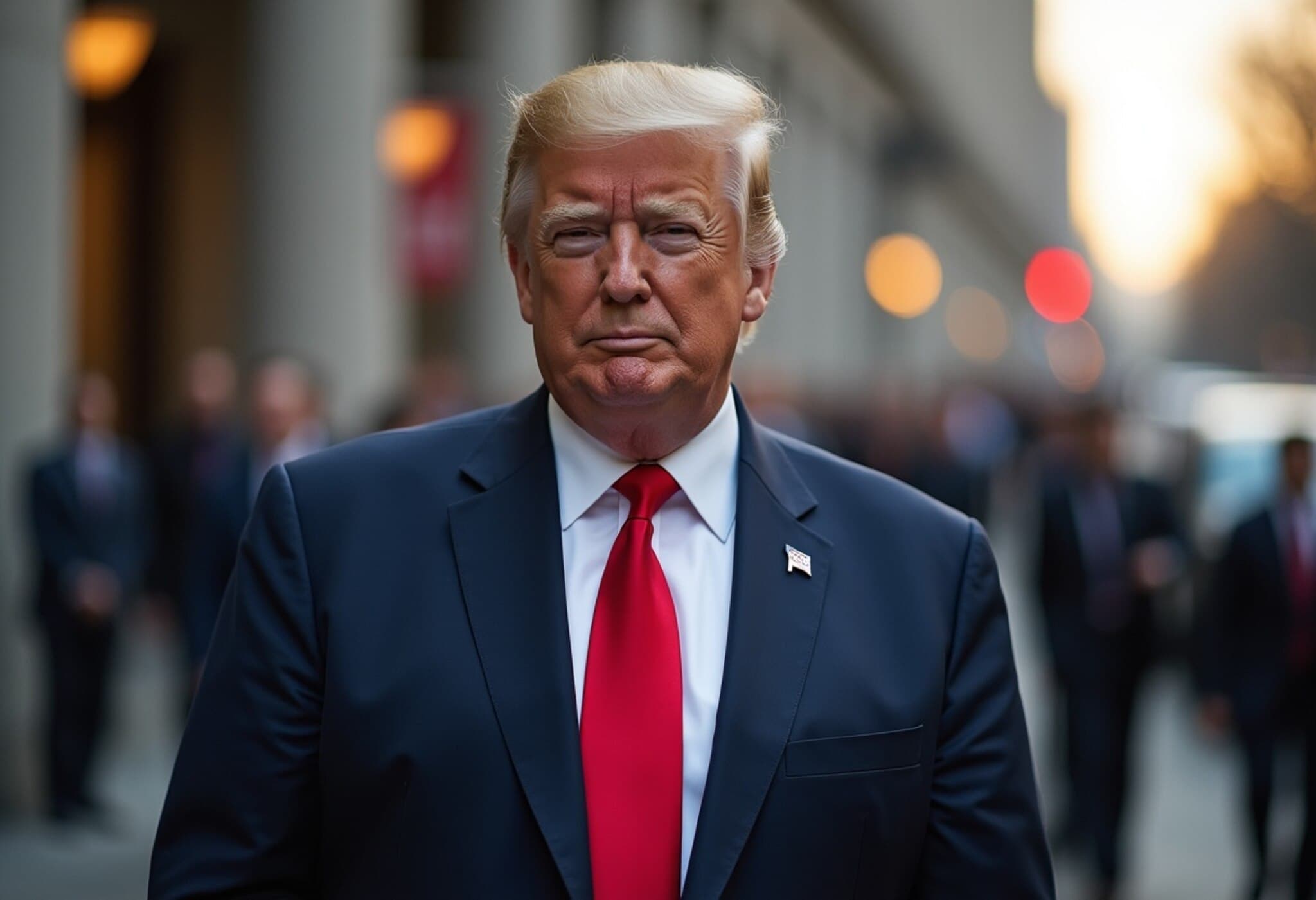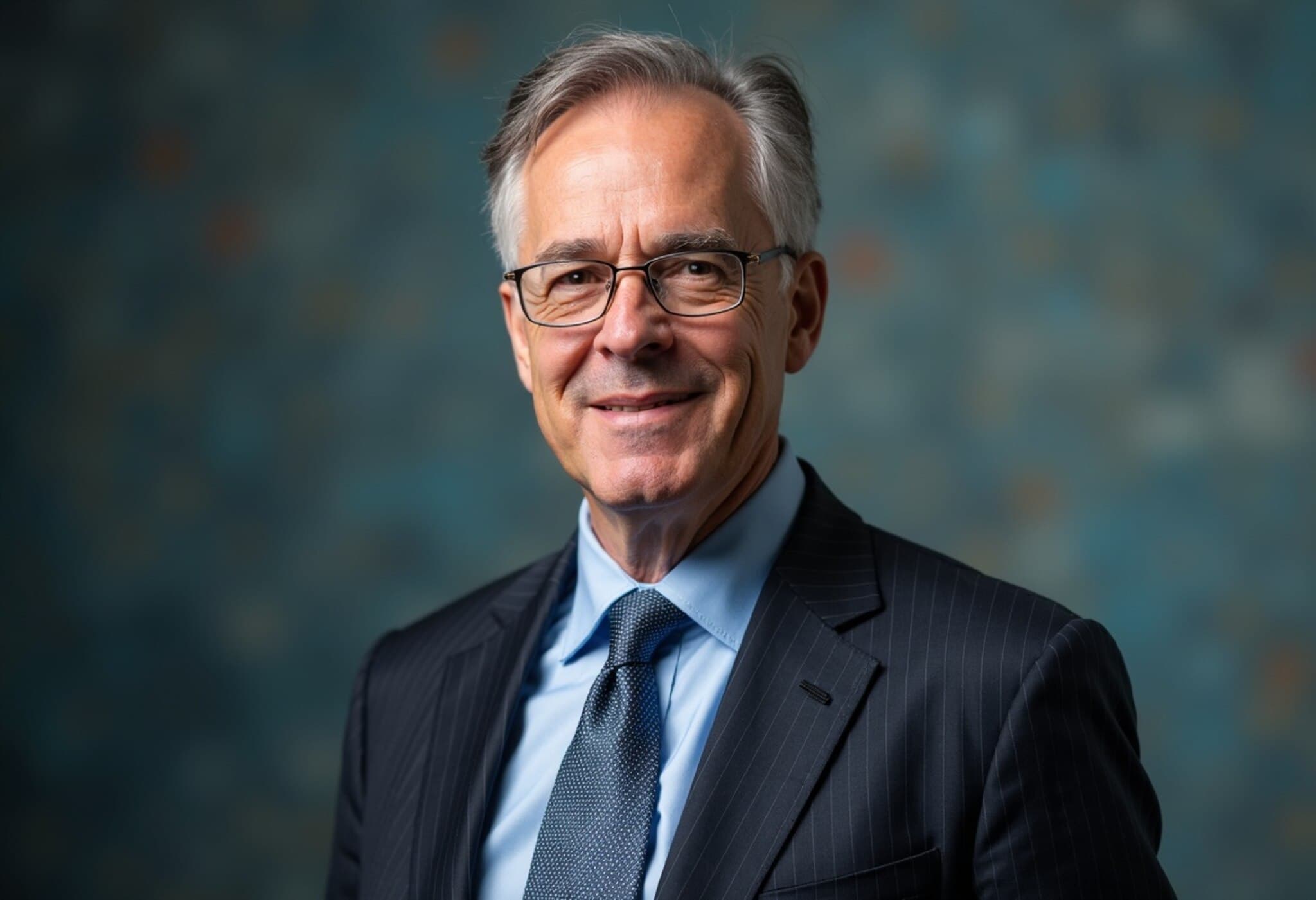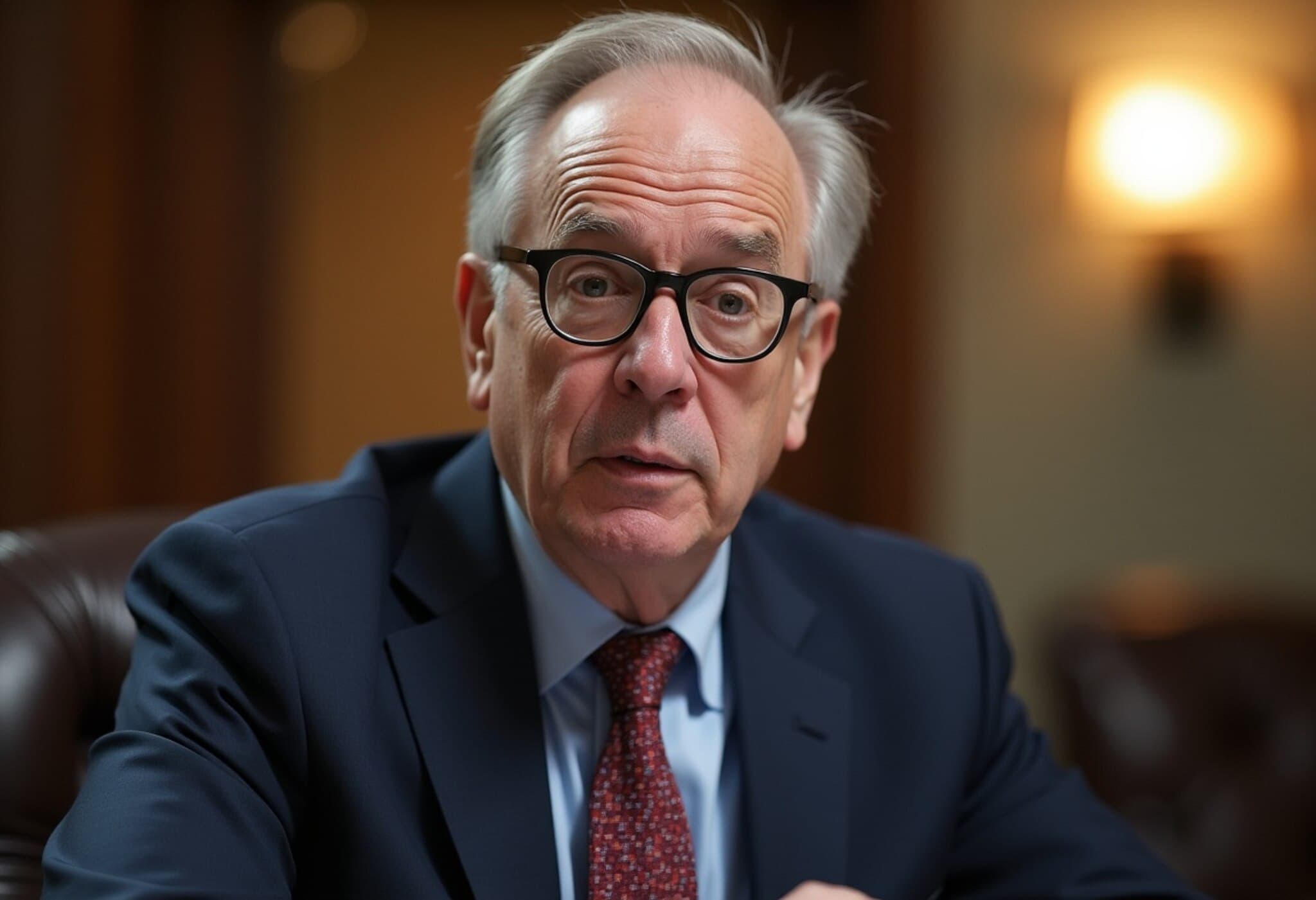Federal Reserve Governors Bowman and Waller Advocate for Interest Rate Cuts
Two Federal Reserve governors, Christopher Waller and Michelle Bowman, publicly expressed dissent during the recent Federal Open Market Committee (FOMC) meeting by advocating for an interest rate cut instead of maintaining current levels. This marks the first instance since 1993 where two governors simultaneously dissented, signaling an important debate within the Fed about the direction of monetary policy amid evolving economic risks.
Contrasting Views Within the Fed
While the majority of the FOMC voted 9-2 to keep the federal funds rate steady, Waller and Bowman argue that waiting any longer to ease policy could jeopardize the U.S. economy’s momentum. Both governors emphasized concerns about the labor market and diminishing growth prospects if the Fed remains on hold for too long.
Tariffs Seen as a Temporary Inflation Factor
Central to their reasoning is the view that tariffs, although briefly impacting prices, represent a transient inflationary shock. Governor Bowman noted that without the tariff-related price hikes, inflation would likely be closer to the Fed’s 2% target. She suggested that these one-time influences should not drive the Fed's policy decisions, urging focus on the broader economic outlook instead.
Waller echoed this sentiment, highlighting that tariffs have so far contributed only minimally to inflationary pressures. He warned that continuing a "wait and see" approach might leave the Fed playing catch-up and potentially undercut economic growth and labor market stability.
Calls for Gradual and Measured Rate Reductions
Importantly, neither governor supports the deep, immediate rate cuts proposed by former President Donald Trump, who has repeatedly criticized the Fed’s reluctance to ease policy aggressively. Instead, Waller advocated for a careful, phased reduction potentially totaling up to 1.5 percentage points over time, while Bowman favored gradual cuts that would reflect the evolving economic data.
This measured approach underscores a prudent balancing act: easing financial conditions enough to sustain growth without igniting inflationary risks or undermining the Fed’s credibility.
Political Pressure and Market Expectations
The Fed’s independence has faced intense scrutiny amid political calls for quicker rate reductions. President Trump’s public condemnation of Fed Chairman Jerome Powell as a "stubborn moron" adds a layer of pressure unprecedented in recent history. Such sharp rhetoric raises questions about the potential influences on monetary policy and the importance of insulating economic decision-making from partisan dynamics.
Expert Analysis and Economic Context
Waller and Bowman’s dissents illustrate a critical tension in Fed policymaking: how to interpret mixed economic signals in a complex global environment where trade policies, geopolitical uncertainties, and labor market indicators interact unpredictably.
From an economic policy perspective, their cautious yet proactive stance aligns with the principle of preemptive easing to guard against downturns—a strategy employed during previous economic slowdowns. However, the challenge lies in timing and scale; premature or excessive cuts risk stoking inflation or asset bubbles, while hesitation may allow economic momentum to falter.
Moreover, their views invite renewed scrutiny of the extent to which trade tariffs should inform monetary policy. If tariffs are indeed a temporary price distortion, embedding them into long-term policy calculations could misguide the Fed’s inflation targeting efforts.
Questions Moving Forward
- Will the Fed adjust its stance in coming meetings as inflation data clarifies?
- How will political pressures impact the Fed’s independence and communication strategy?
- Can the Fed effectively balance growth support with inflation control amid evolving trade tensions?
Editor’s Note
Governors Bowman and Waller’s rare double dissent highlights the complex and delicate landscape facing the Federal Reserve today. Their calls for cautious rate cuts reflect both economic logic and a prudent approach to inflation dynamics, challenging the "wait and see" orthodoxy. As the U.S. economy grapples with tariff-induced uncertainties and labor market signals, the Fed’s choices will reverberate widely, impacting everything from mortgage rates to employment prospects. Observers and policymakers alike must watch closely how these internal debates influence future monetary policy—particularly amid heightened political scrutiny and market volatility.


